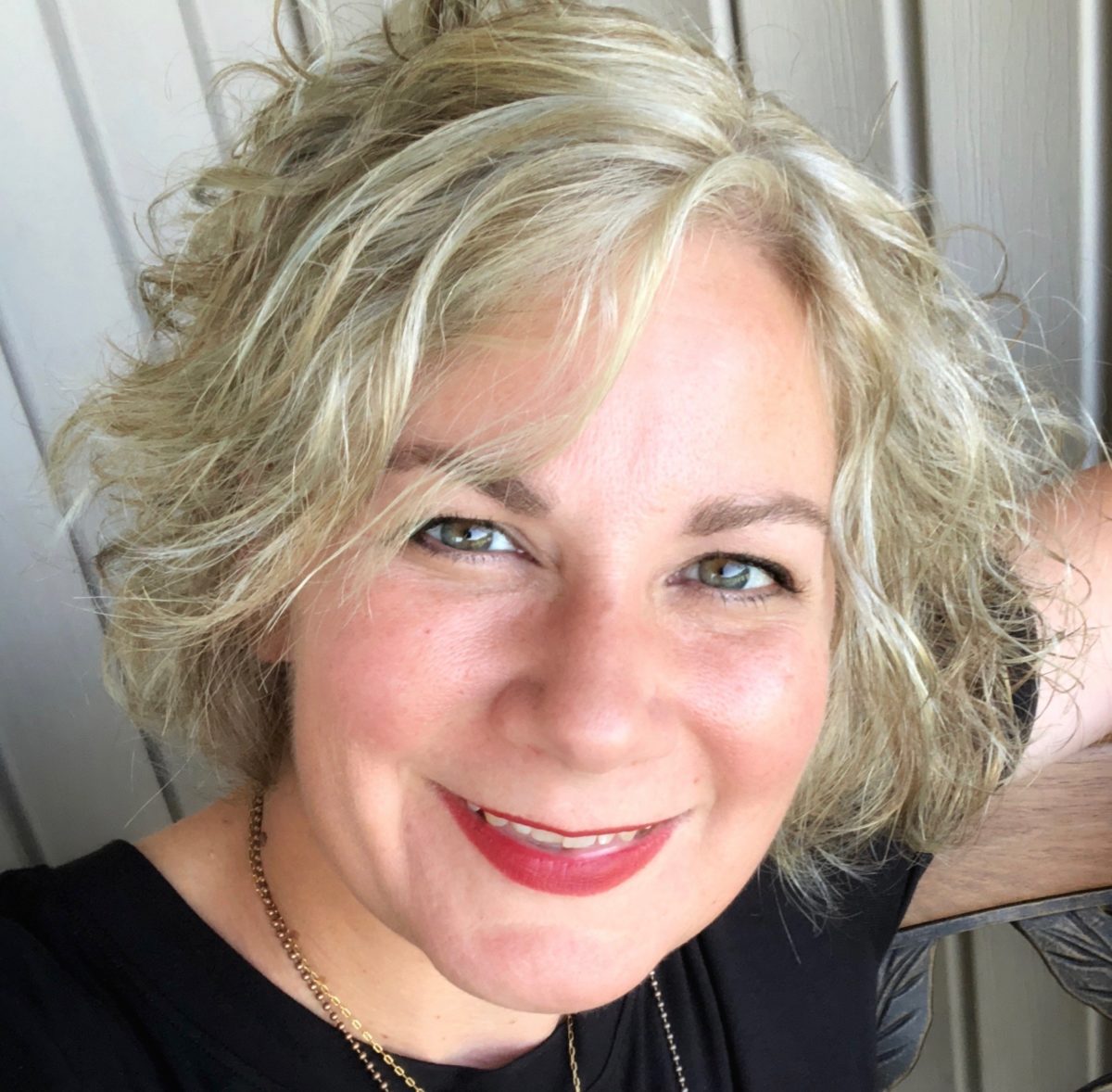Of all the work I do as a coach, I continue to believe modeling makes the biggest difference in transforming instructional practices. I used to spend hours secluded in my office preparing the perfect modeling experience for classroom teachers. Today I’ve learned that the best preparation for modeling is having a conversation with the classroom teacher.
Collecting Information
I use the following questions to collect the necessary information from teachers and nudge them into reflective practice. The most effective workshops stem from a teacher who identifies her students’ needs and offers experiences to fill those needs. Fifteen to 20 minutes allows enough time for reflective practice and to develop a plan for the observation. If we are unable to find a time to meet, I send the questions to the teacher via a Google Form, and we work through email to develop a plan.
What do your students do well as writers? This gives me a chance to recognize something the teacher sees as going well in writing workshop and allows me to build on this strength.
What are your recent teaching points during minilessons? Minilessons build on one another, and this allows me to weave my minilessons into the established line of thinking. I also know what to compliment in student writers during conferring when I recognize their recent learning.
What do you wish your students were doing as writers? This almost always gets to the whole-class need. It is important to consider the reason behind the need in order to find a meaningful teaching point. This allows me to know if the minilessons should focus on procedures, process, craft, or conventions.
What texts have you recently read as a class? When I consider ways to make the teaching point visible, a mentor text may be the best option. I prefer to get behind the text that is already in play in the classroom while also suggesting other titles to grow the teacher’s resources.
What makes your transitions smooth from minilessons to work time and work time to share? Precious minutes are often lost because of long transitions. This question gleans answers that help me understand the routines of the classroom while also discerning whether I should plan to introduce a new routine to help transitions become smoother.
What do your students do during work time? It is difficult to give students the freedom to work independently as writers. It’s important for me to know whether they are accustomed to completing assigned tasks or determining their next move as writers. I am looking for a variety of options for student writers.
What do you like about conferring? This question encourages teachers to reflect on the most important part of the workshop. Their answers typically reveal the frequency and quality of the conferences, as well as how the teacher feels about her own conferring ability.
What were your recent share sessions like? It is helpful to know if teachers are using a variety of approaches to share sessions or if they are always doing the same kind of share.
What do you wonder about the share session? This question invites teachers to be curious about the share session. Often a share session is the most comfortable place to nudge teachers to try something new.
Making a Plan
After collecting information with this form, it is time to consider the most pressing needs for this particular classroom of writers. If we are working side by side, I like to invite teachers to help develop a handful of possible teaching points. Then we select the most pressing teaching point for the upcoming lesson.
If we are completing the planning via email, I write two to three possible teaching points and send them to the teacher. If I feel strongly that one teaching point should take priority over the others, I will select the teaching point and explain why. If I think any of them are viable options, then I ask the teacher to select the teaching point for the lesson I will model. To nudge reflective practice I also ask the teacher to explain why she made a particular selection.
Finally, we discuss ways to make the teaching point visible. We consider mentor texts, student examples, or our own writing. Through conversation, I find out the typical way a teacher shows the teaching point, and then I choose another way that will nudge her into expanding her repertoire for making the writing work visible. We determine how to make the teaching point visible during the minilessons, and then stretch our conversation to include possibilities during conferring and share time.
Cracking Open the Process
As I’ve worked to make the process of planning writing workshop transparent to teachers, I no longer spend hours alone in my office. Instead, teachers set aside 15-20 minutes to reflect and plan with me. Even better than me saving time is that teachers learn the process of planning for writing workshop and are empowered to use this process independently. I often leave them with this form to guide them through reflective practice and determine upcoming teaching points.


